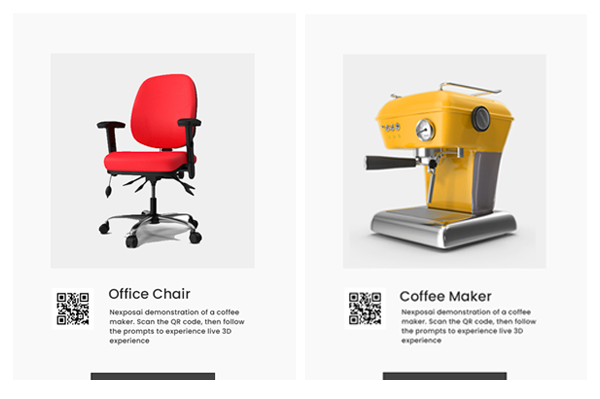Transforming Retail Experiences with AR Storytelling
Augmented Reality (AR) has revolutionized the way we interact with the world around us. From gaming to education, this cutting-edge technology has found its way into various industries, including retail. By combining the power of storytelling with AR, retailers can now create immersive experiences that captivate and engage customers on a whole new level.
What is AR Storytelling?
AR storytelling is the art of using augmented reality technology to enhance the retail experience by blending the physical and digital worlds. It allows retailers to create interactive narratives that bring products to life, enabling customers to visualize and engage with them in a more meaningful way.
Engaging Customers with AR Storytelling
Imagine walking into a retail store and being greeted by a virtual assistant who guides you through the store, providing personalized recommendations based on your preferences. With AR storytelling, retailers can create virtual shopping assistants that not only assist customers but also entertain and engage them throughout their shopping journey.
Furthermore, AR storytelling can be used to showcase products in a more interactive and immersive manner. Customers can use their smartphones or AR-enabled devices to scan product labels or displays, instantly revealing additional information, customer reviews, or even virtual try-on experiences. This not only enhances the customer’s understanding of the product but also creates a memorable and enjoyable shopping experience.
Benefits of AR Storytelling in Retail
The integration of AR storytelling in retail offers numerous benefits for both retailers and customers:
- Increased Engagement: AR storytelling captures customers’ attention and keeps them engaged, leading to longer store visits and increased sales.
- Enhanced Product Visualization: By overlaying digital content onto physical products, customers can visualize how products will look and fit in their own environment, reducing purchase hesitation.
- Improved Customer Education: AR storytelling allows retailers to educate customers about product features, benefits, and usage in a more interactive and memorable way.
- Personalized Experiences: AR-powered virtual shopping assistants can provide personalized recommendations and offers based on customer preferences and purchase history.
- Increased Brand Loyalty: By offering unique and immersive experiences, retailers can build stronger connections with customers, leading to increased brand loyalty and advocacy.
Real-World Examples
Several retailers have already embraced AR storytelling to enhance their customer experiences:
- IKEA: The IKEA Place app allows customers to virtually place furniture in their homes to see how it fits and looks before making a purchase.
- Sephora: Sephora’s Virtual Artist app uses AR to enable customers to try on makeup virtually, helping them find the perfect shades and products.
- Nike: Nike’s SNKRS app uses AR to provide customers with an interactive and immersive experience when purchasing limited-edition sneakers.
The Future of AR Storytelling in Retail
The potential of AR storytelling in retail is vast and exciting. As technology continues to advance, we can expect even more innovative use cases and applications. From virtual fitting rooms to interactive product demonstrations, the possibilities are endless.
By mastering AR storytelling, retailers can create unforgettable experiences that not only drive sales but also foster stronger connections with their customers. Embracing this technology is no longer a luxury but a necessity in today’s competitive retail landscape.
So, if you’re a retailer looking to captivate your customers on a new level, it’s time to explore the world of AR storytelling and unlock the full potential of your retail business.





